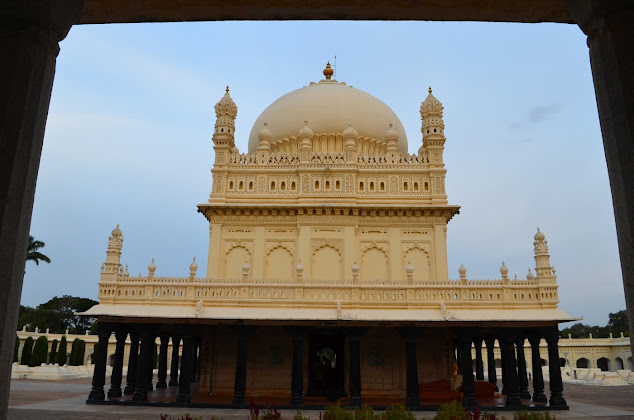How Haidar Ali and Tipu Sultan's Mysore Kingdom overcame Britain’s industrial revolution war inventions

Research and Author: Ameen Ahmed A British era cannon at Darya Daulat Bagh, Srirangapatna, southern Indian, the capital of Mysore Kingdom for many centuries until 1799. Pic: Author An 18th century Atlantic slavery relic in Karnataka In September 2016, I was guiding a Canadian visitor through the palace and ruins of Srirangapatna. Among the many relics of British rule over India are the cannons one can see at many places like Srirangapatna, the erstwhile capital of Mysore Kingdom. At Darya Daulat Bagh, the summer palace of Mysore ruler Tipu Sultan, a couple of cannons have a curious GR mark engraved on their first reinforce (the part of the cannon that follows the vent). 18th century British cannons had certain words and numbers engraved on them. Among other things these coded engravings reveal the foundry where the cannon was cast or the person who owned that foundry as well as weight of the cannon barrel, size of the cannon ball it fired and name of the king who reigned ov...
